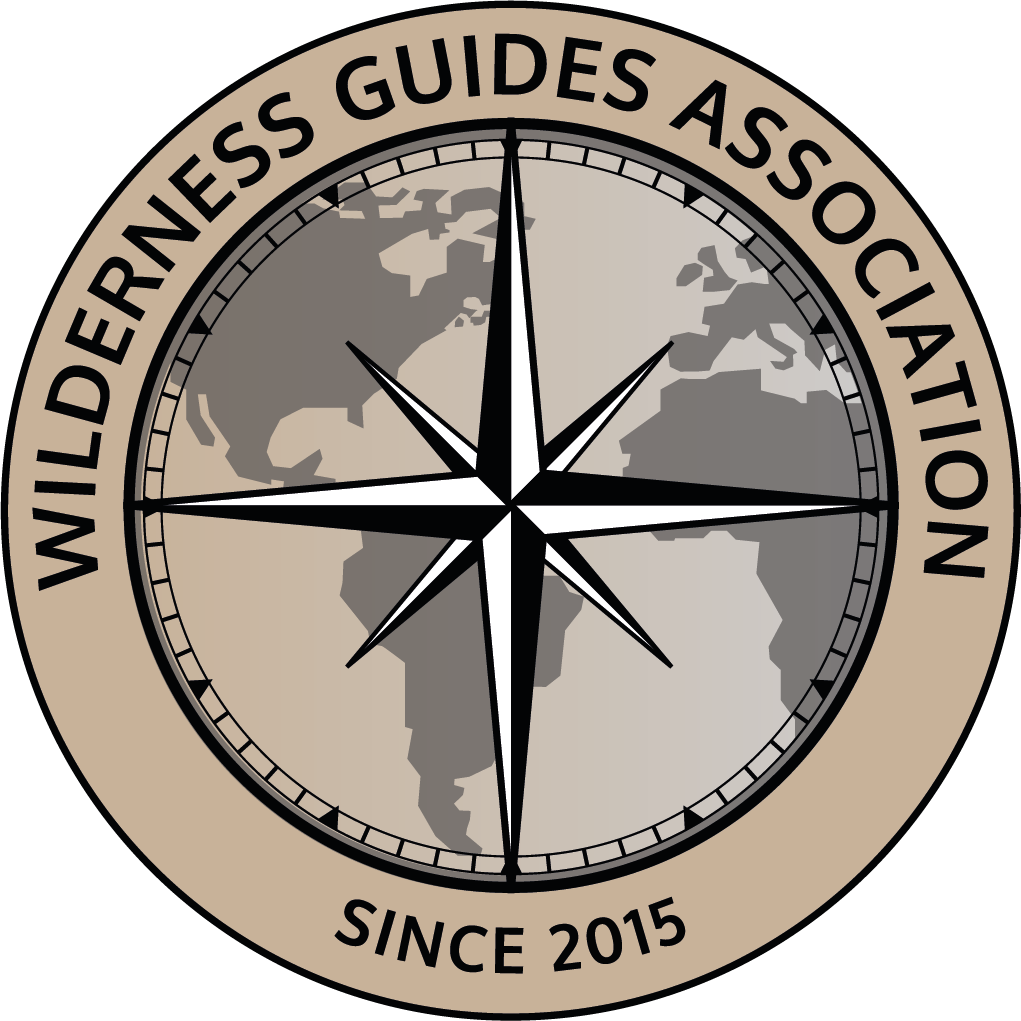Policy for Carrying Firearms as a WGA Guide
The WGA recognizes the fact that in several countries there is the need for a guide to
carry a Firearm.
A firearm in the right hands and carried for the right purpose can be regarded as an
essential wilderness tool, much like a knife or axe.
It can be carried as an implement for survival to harvest wild game for food, in the event
of a survival situation. Or it can be carried as a tool for self-defense from wild animals.
In some areas of the globe local regulations enforce and make it necessary for the Guide
to carry a firearm on any multi day expeditions, or any day trips that they may be
leading. Greenland and Arctic regions in Canada are two of these areas where Firearms
are carried for protection against Polar Bear attack.
If the guide is not qualified to carry a firearm then it may be necessary for them to hire
or ensure they have a co guide with them, who is qualified to carry, and use, a firearm
for its intended purpose on the multi day expedition of day trip.
An expedition may also carry a firearm with the intent to harvest food to subsidize the
expeditions food supplies.
The WGA also recognizes that some of its members might during some part of the year
work as hunting expedition guides, it is paramount for WGA to use this opportunity to
raise the awareness of hunting parties in the wildlife conservation, safe movement in
the wilderness and outdoor skills. These same guides are also a valued part of the
guiding community who lead clients on wilderness trips that include wildlife viewing,
and teaching the skills required for safe travel in remote areas.
Trophy hunting wildlife is not condoned by the WGA.
An animal should be legally harvested for its meat and as part of a responsible
government wildlife management plan. It is then presumed that fish and wildlife
governing bodies control hunting in the area the guide is operating in. These managing
bodies manage the local wildlife resources in a controlled, and eco sensitive fashion,
where regard for the interests of the local indigenous communities and the
environment as a whole are placed in high accord. It is the responsibility of a WGA guide
to determine if killing another animal is justified and ethical and to make respectful use
of the resources the killed animal provides. ”
It is expected that a guide carrying a firearm will adhere to the regulations in regards to
the following points;
– The use of firearms in the Country and its Wildlife management unit or zone they
are travelling in.
– The laws of owning and transporting a firearm, and ammunition, in the country
they are traveling from and going to, or traveling through on route to their
destination.
– The type of firearm and ammunition that may be used in a particular area, for
harvesting game or defending oneself from aggressive wildlife.
– Is knowledgeable of the regulations that may pertain to the disposal of a carcass
of an animal shot in self-defense either of oneself or a member of their group.
For example in Canada if a farmer shoots a mountain Lion in self defense or
defense of animals on his property he has to declare the shooting to the local
fish and wildlife office; and deliver the carcass to that office. (Then in many cases
the animal carcass will be used for biological research.)
– Obtaining and carrying of the necessary Permits required for carrying, and using
the firearm, in the country they are operating in.
– If harvesting game the guide has the necessary species permit and weapon type
to harvest that game.
It is also expected that a guide who is carrying a firearm will have completed, and/or
passed, completed a Hunter education course as recognized by the WGA and the
country they are hunting in.
If the guide is intending to use their firearm for hunting/survival purposes they must
have completed a Hunter education course as recognized by the WGA and/or the
country they are hunting in.
